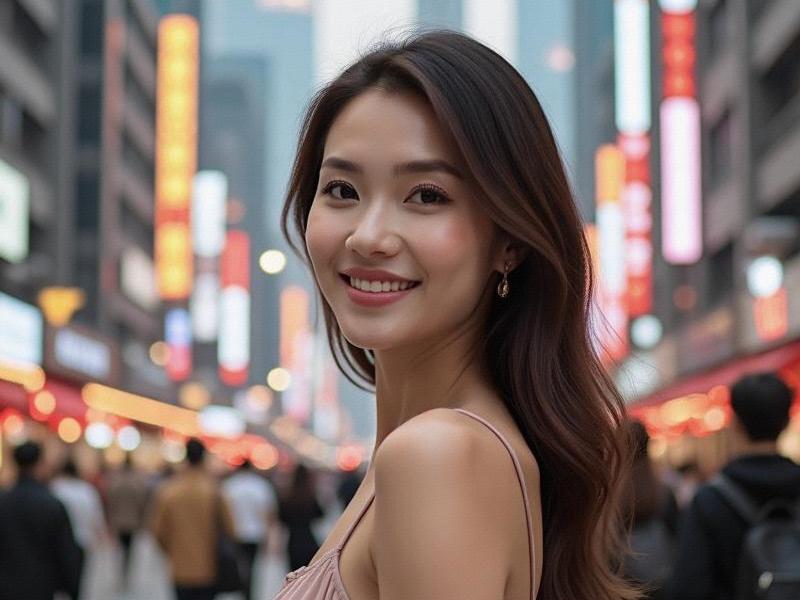Shanghai's Modern Muses: How the City's Women Are Redefining Chinese Femininity
⏱ 2025-06-23 00:37 🔖 上海龙凤419
📢0℃

[Introduction: Beyond the Stereotypes]
Shanghai's women have long been celebrated for their distinctive style, but beneath the qipao-clad surface lies a generation redefining what it means to be a modern Chinese woman in the 21st century.
[Section 1: The Professional Landscape]
• Shanghai's female workforce participation rate (68.3%, highest among Chinese metros)
• Case studies: Women leading in finance, tech and creative industries
• The "Glass Ceiling Index" comparison with other global cities
• How local policies support female entrepreneurship
爱上海419论坛 [Section 2: Cultural Ambassadors]
• The resurgence of Shanghainese women's literature
• How female artists reinterpret Jiangnan cultural heritage
• The influence of Shanghai-based female film directors
• Museum curators preserving women's historical narratives
[Section 3: Fashion as Statement]
• The "New Haipai" style movement blending 1930s aesthetics with modern minimalism
上海龙凤419会所 • Sustainable fashion pioneers reducing textile waste
• How local designers challenge traditional beauty standards
• The anti-fast fashion movement gaining momentum
[Section 4: Social Innovations]
• Women-led community initiatives addressing urban challenges
• The "Silver Sisters" program empowering elderly women
• Female tech founders developing solutions for women's health
上海品茶论坛 • How Shanghai's maternity policies compare globally
[Section 5: Balancing Traditions]
• The evolving dynamics of marriage expectations
• Multi-generational households in high-rise apartments
• Preserving culinary heritage through female chefs
• Navigating filial piety in modern career contexts
[Conclusion]
Shanghai's women are crafting a new blueprint for urban femininity in China - one that honors cultural roots while fearlessly claiming space in boardrooms, galleries, and the civic sphere.
Shanghai Beauties: An Urban SafariKeywords: Shanghai, Urban Safari, Beauty, City Life, Cultural Heritage, Modern Architecture, Nightlife, Shopping, FoShanghai's Dual Identity: Preserving Heritage While Building the FutureThe Glittering Nightlife of Shanghai: Where East Meets West in Entertainment ExcellenceSilk & Silicon: The Dual Identity of Shanghai's Modern WomenThe Yangtze River Delta Megaregion: How Shanghai and Its Neighbors Are Redefining Urban Development in China《梧桐树下的城市密码:上海衡复风貌区百年叙事》霓虹灯影里的海派夜宴:上海娱乐会所的百年烟火与文化新生Neon Renaissance: How Shanghai's Elite Clubs Are Redefining NightlifeNeon Renaissance: How Shanghai's Elite Clubs Are Redefining Nightlife CultureThe Silicon Bund: How Shanghai Became China's Unexpected Tech Powerhouse

